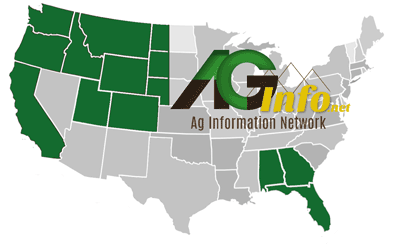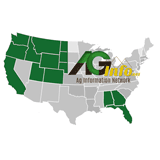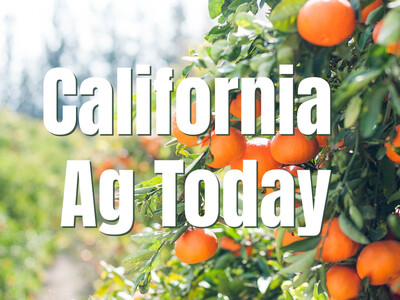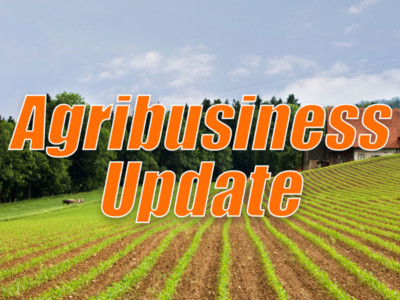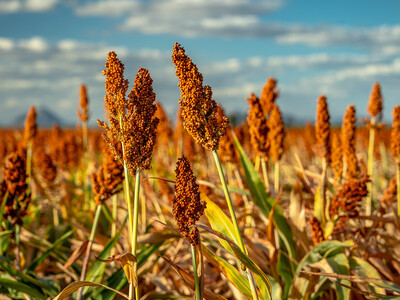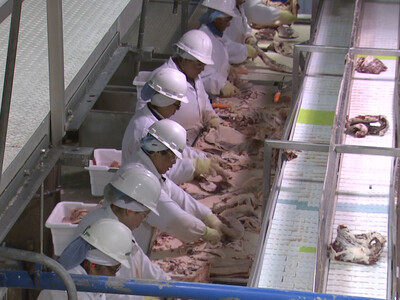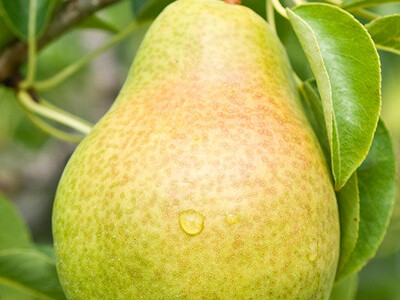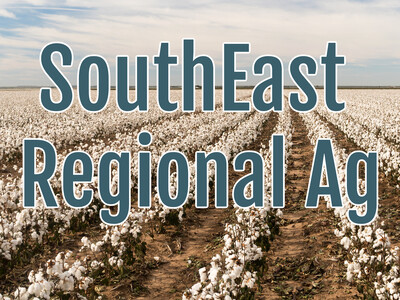Potash for quaggas
Purpose of the Potash TreatmentThis potash treatment serves as the second phase of the multifaceted treatment plan following the 2024 chelated copper treatment. ISDA is implementing the potash treatment to target any potential quagga mussels in still water/deep pool sections of the river.
This second treatment reflects ISDA’s commitment to using every available tool to combat the invasive quagga mussels. By combining the chelated copper and the potassium chloride treatments, ISDA is maximizing efforts with the ultimate goal of eradication.
Still water/deep pools are isolated to rocky areas/waterfalls. These still water pools are left when high water recedes and disconnects the pools from the river.
The isolated pools were treated with copper during the 2023 and 2024 treatments. Potash will be used in the still water pools as an extra measure toward eradication of the mussels.
Why Potash?
Potash (potassium chloride) has been shown to be a very effective treatment for mussels, causing mortality in as little as two days. Mussels absorb potassium from the water, which interferes with their ability to regulate essential cellular processes, leading to death. Potash is a commonly used fertilizer and is shown to be relatively safe for native aquatic life including fish.
Why Now?
To utilize potash in the treatment on the Snake River, the treatment plan went through a complex process to obtain authorization from the EPA. The EPA process for Section 18 conducts assessments of potential risks to human health and the environment which confirm the pesticide use meets the required safety standards. This process required significant coordination among the ISDA, the EPA, the product manufacturer, Simplot and several other agencies.
Snake River Access
This treatment will not impact current public access to the Twin Falls area of the Snake River. Inspection and decontamination for watercraft entering and exiting the river between Broken Bridge (Yingst Grade) and Hansen Bridge is still mandatory.
